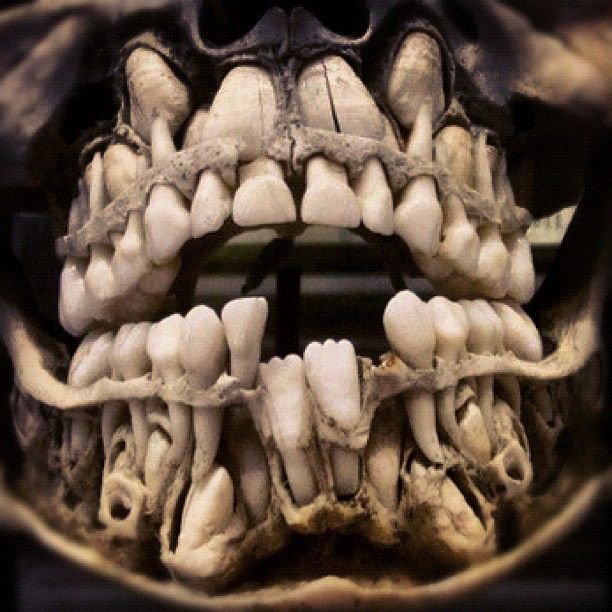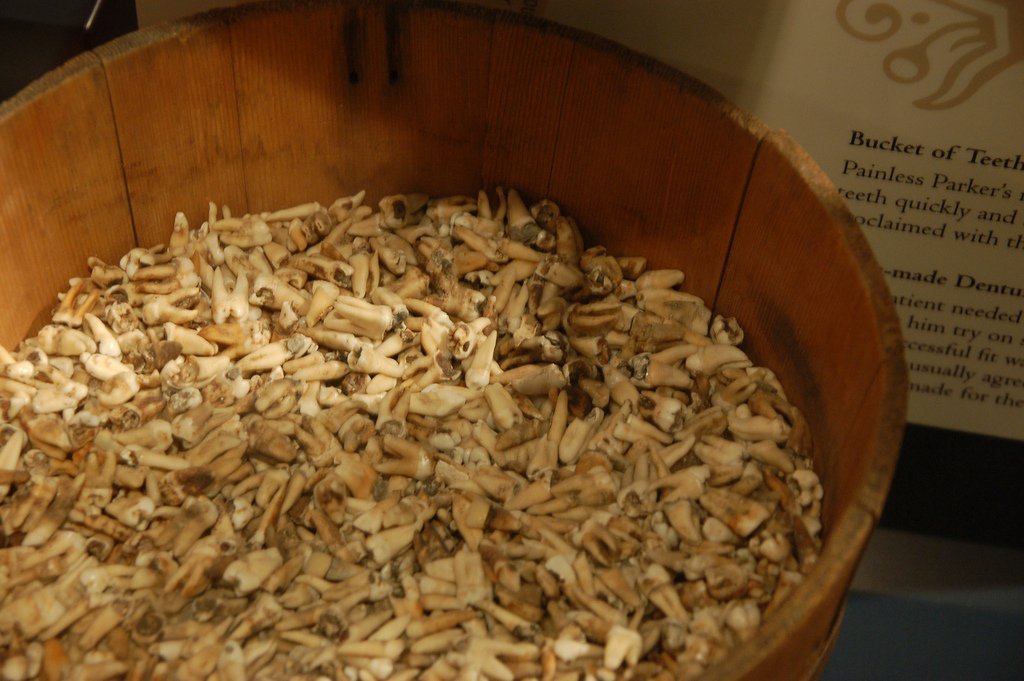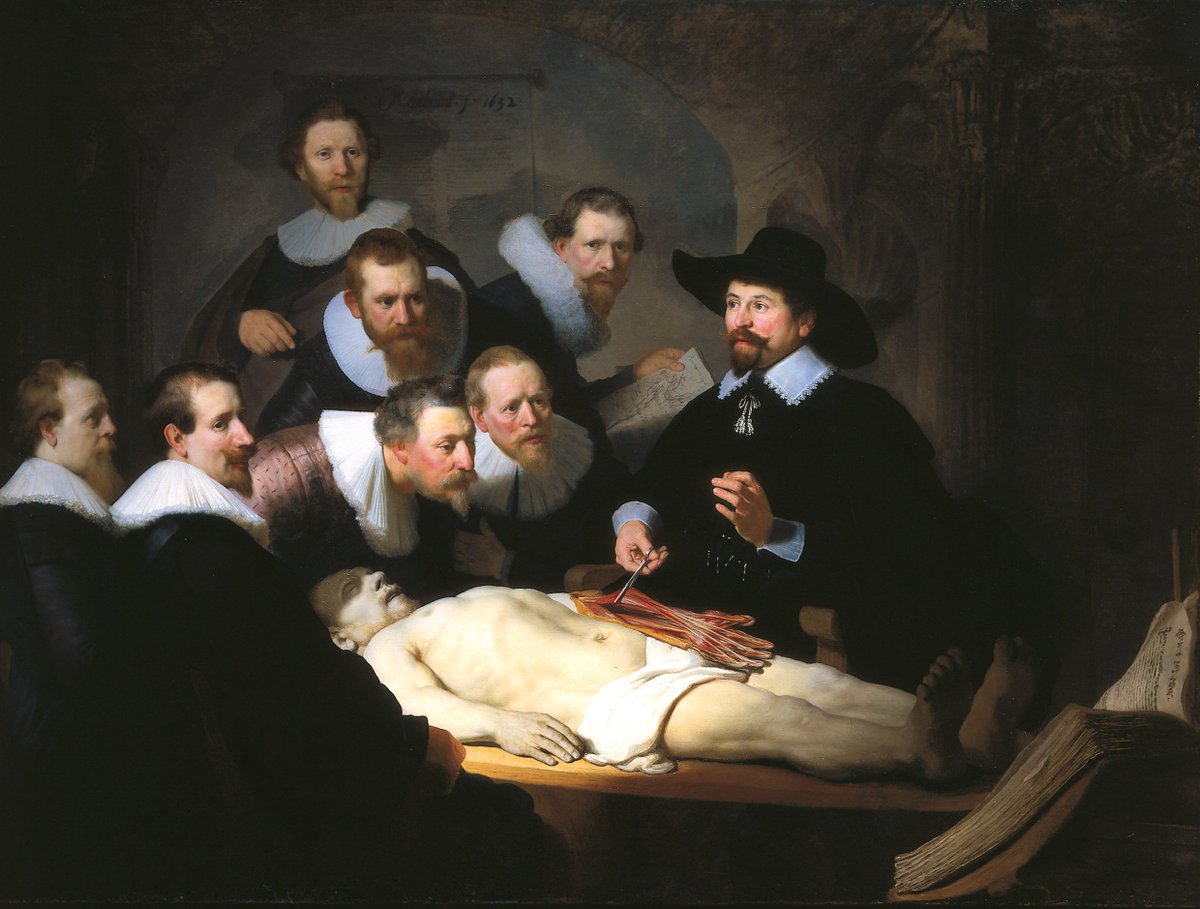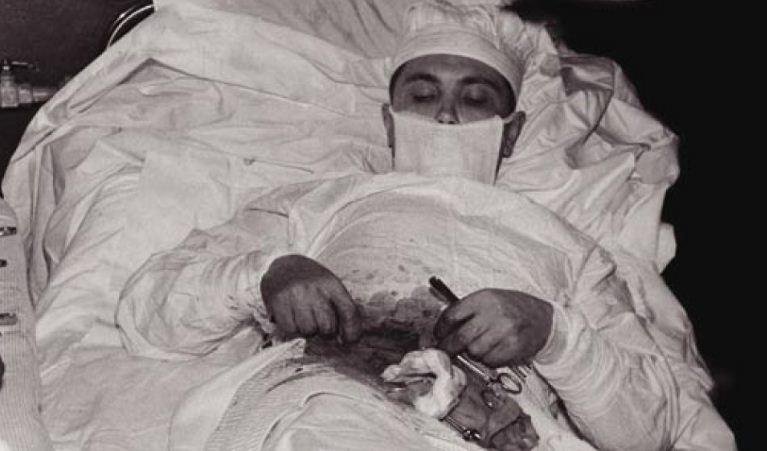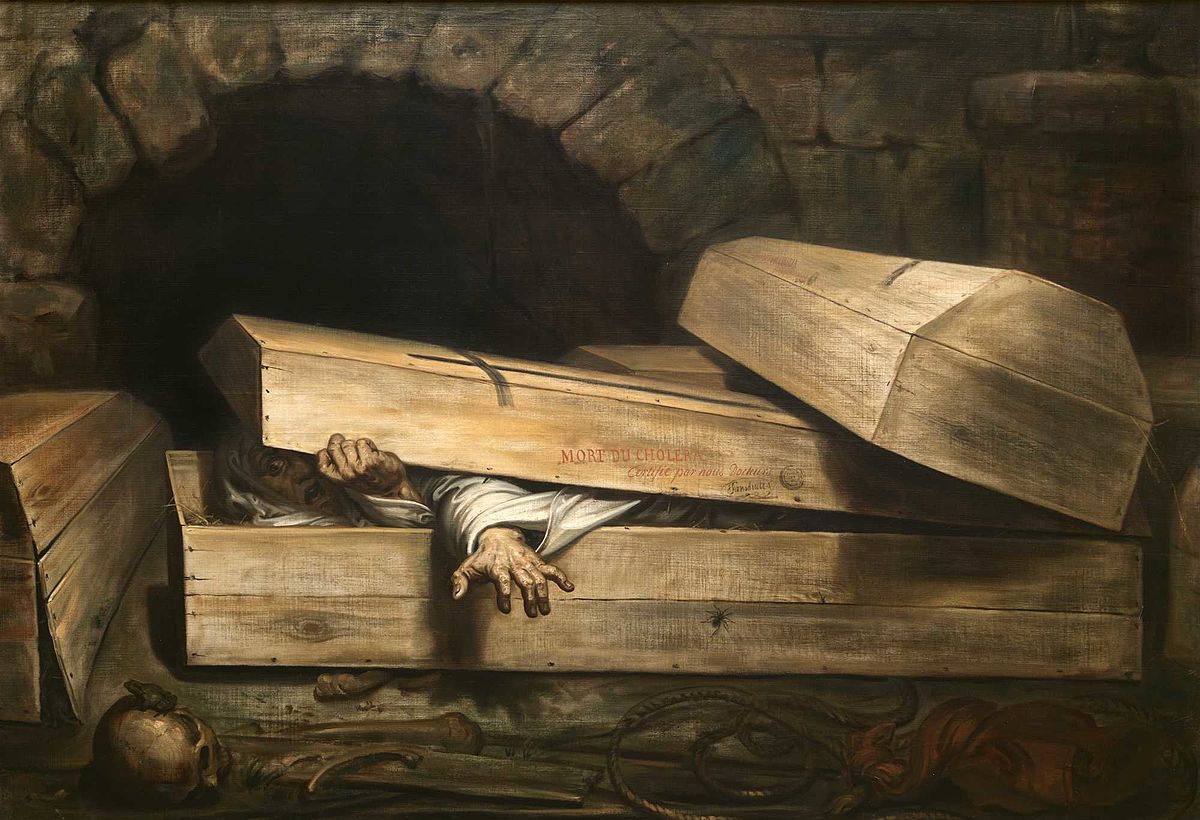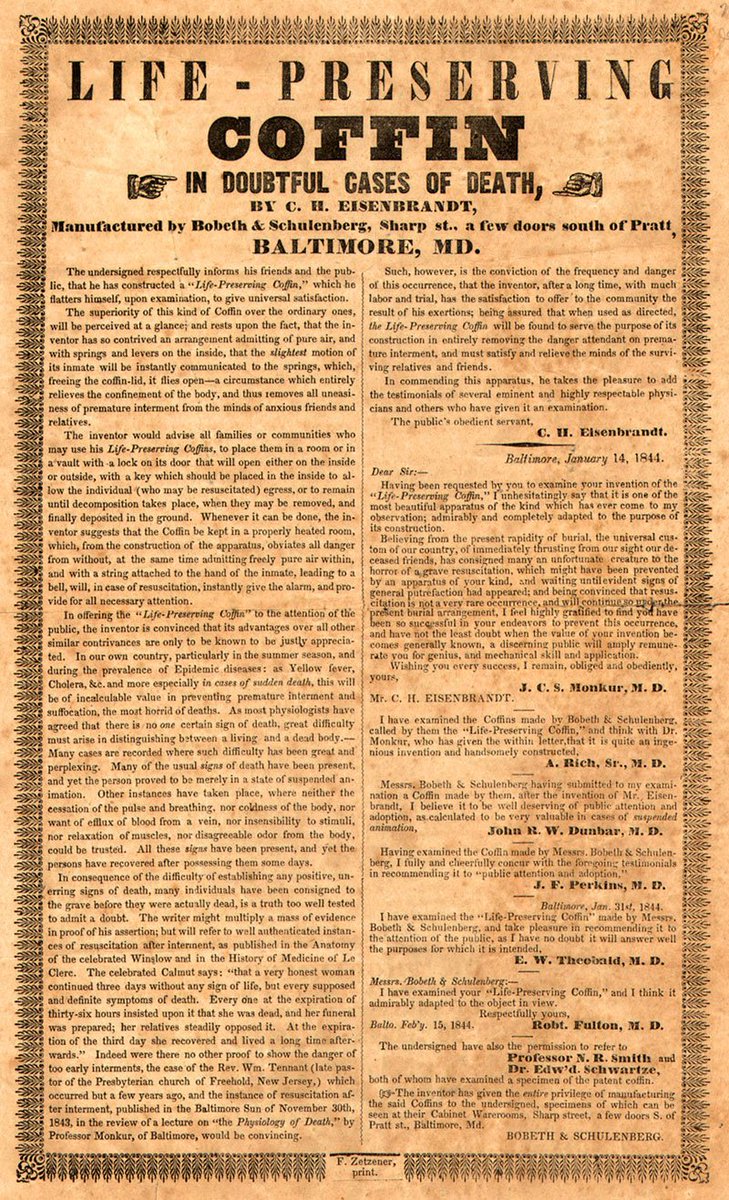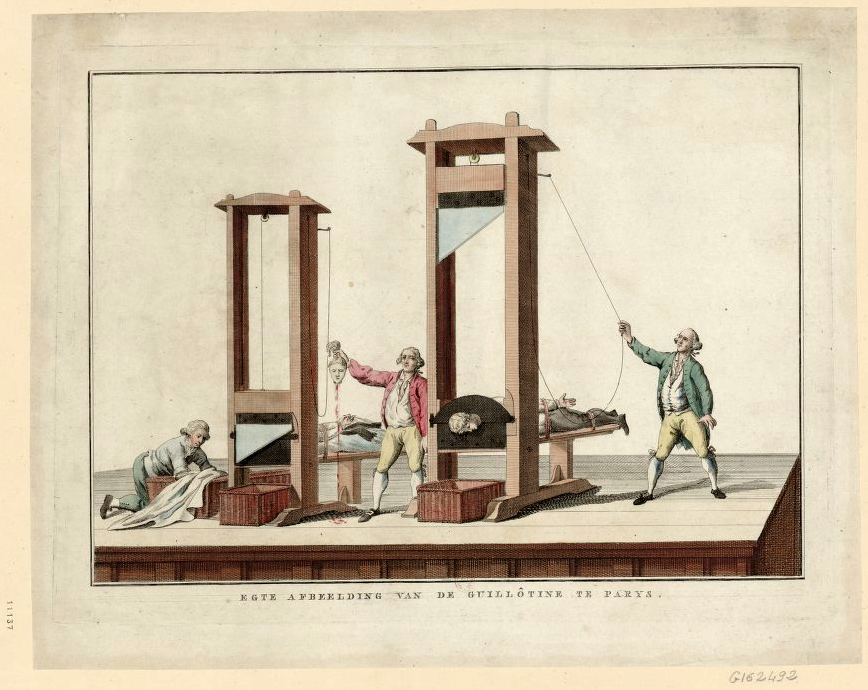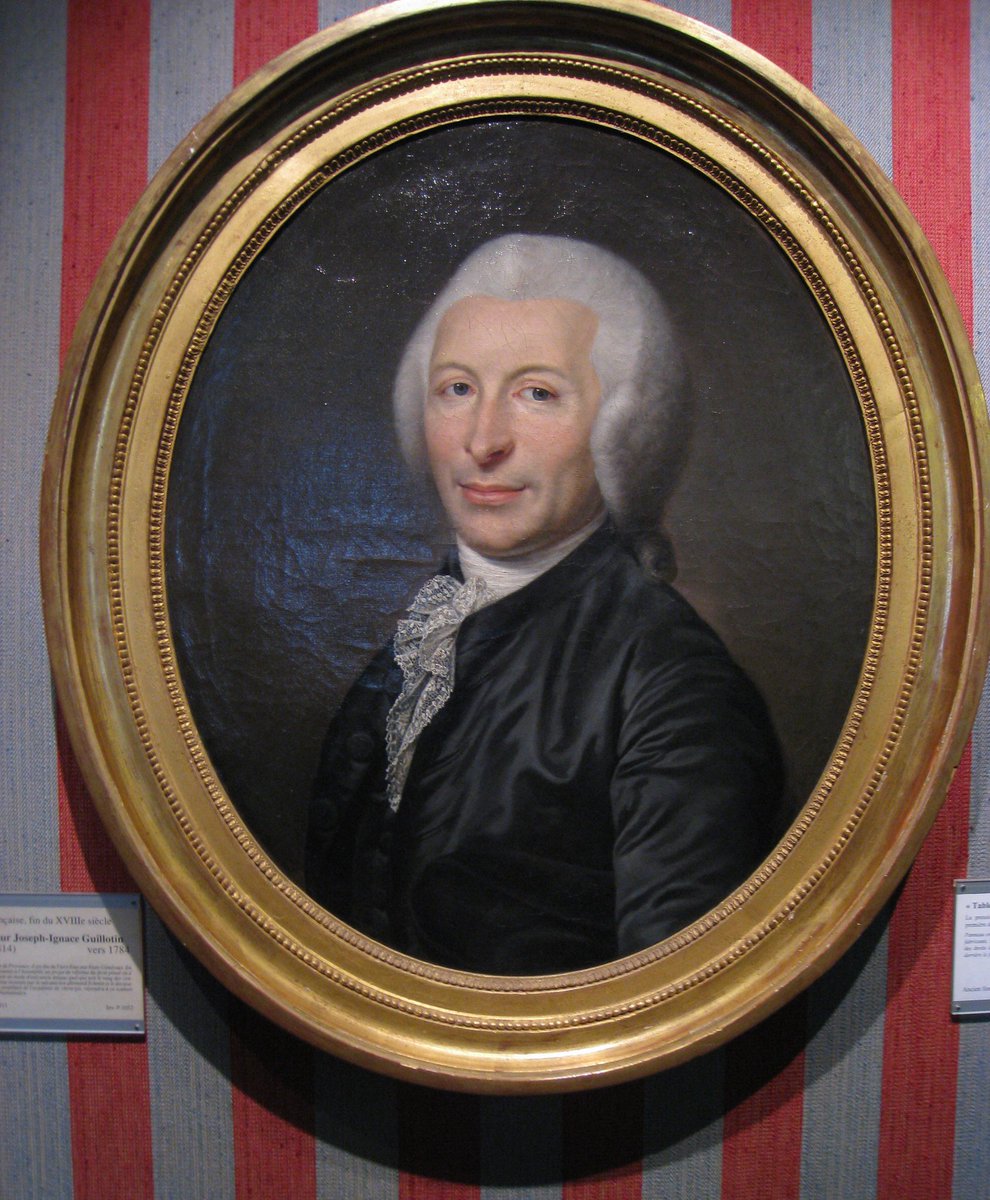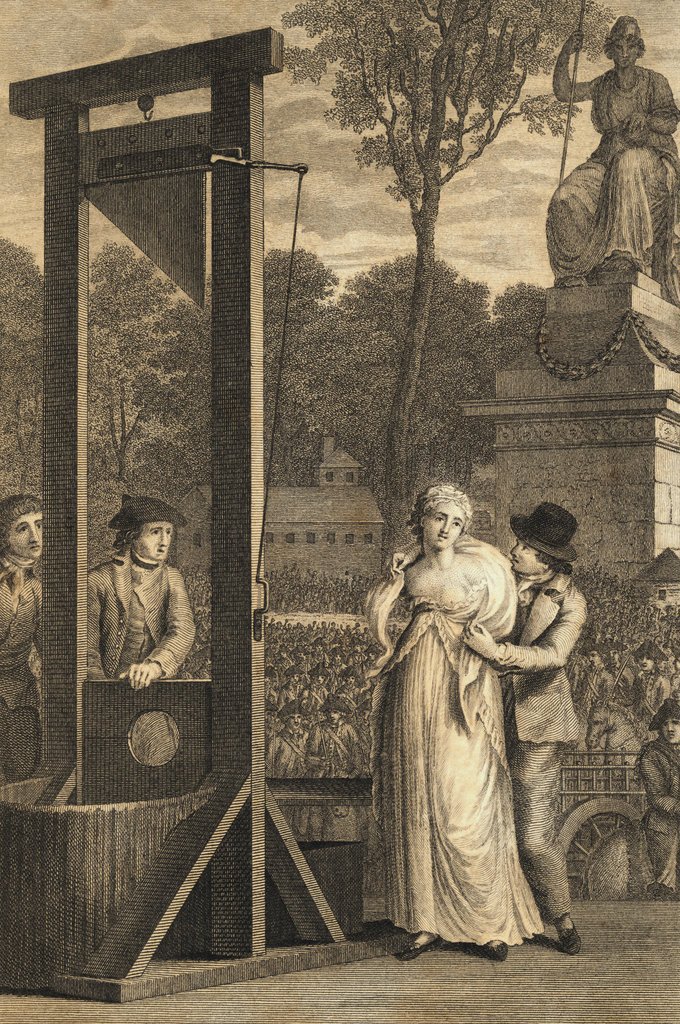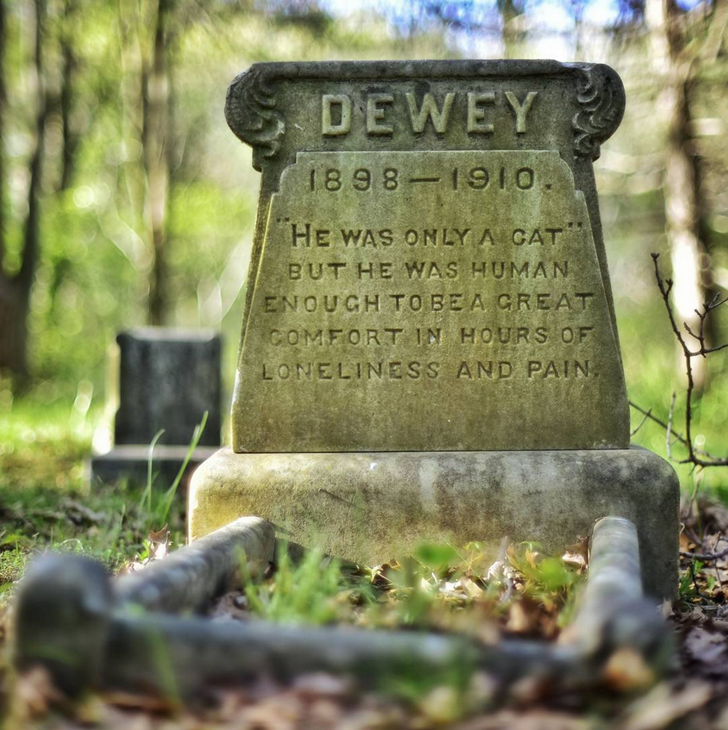
(1/6) THREAD👇: "Cats in War." Pull up a chair and let me tell you about my friend Paul Koudounaris's new book A CAT'S TALE, in which he fascinates readers with stories about felines from history. #DYK America sent a black cat to "curse" Adolph Hitler during the Second World War? 

(2/6) "In 1941, a black cat shipped out from Pennsylvania on a daring mission to undermine Nazi Germany. Named Captain Midnight, he was sent to Britain...to be flown across Europe in an RAF bomber until he eventually crossed the path of Adolph Hitler, and thereby cursed him." 

(3/6) "Captain Midnight was transported in a red, white, & blue crate...and his departure was big news, the story carried by newspapers around the country. So, you ask, how can we know if he succeeded? In response, let me ask you, how did things turn out for Mr. Hitler?" 

(4/6) Cats have long been denied credit for their role in the military, but they were once considered "essential equipment" for an army. During the First World War, the trenches were overrun with large rats - as seen in this photo. 

(5/6) The Allied armies tried everything: poison, terriers, and, of course, cats, who were employed to clear out the vermin from the trenches. The United States Army even included money in its budget for some "feline soldiers." 
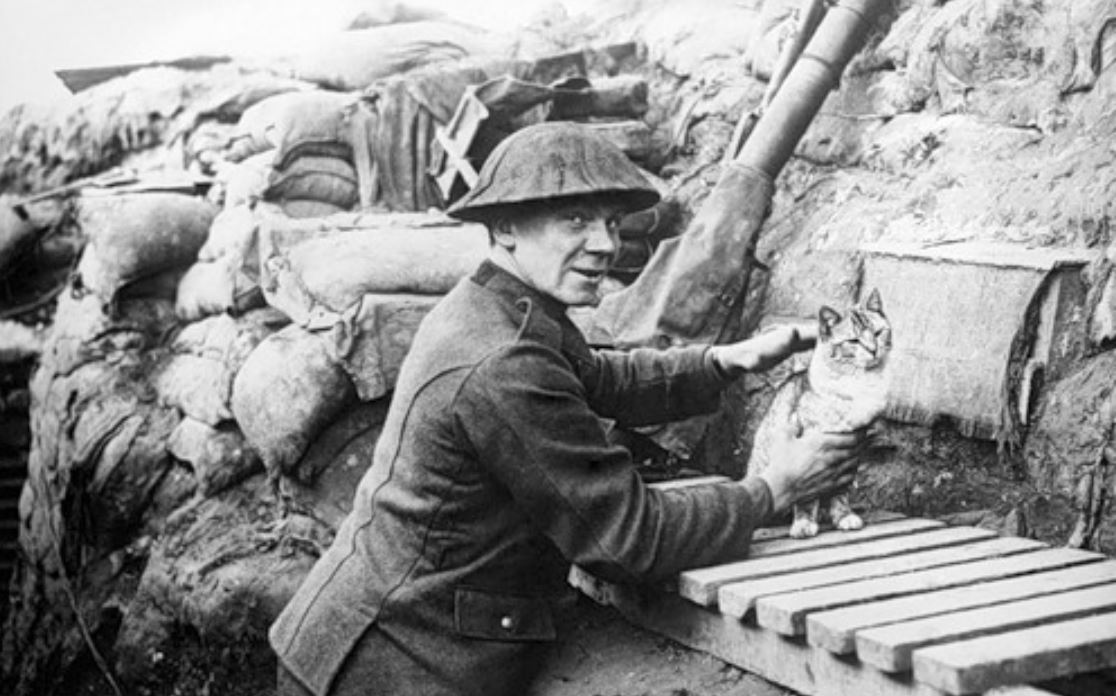
(6/6) So there you have it! A CAT'S TALE by Paul Koudounaris is full of historical tidbits like this. If you love history and you love cats, you'll love this book. It comes out November 10th, and I can't recommend it enough. Pre-order here: amzn.to/37kzR9g 

• • •
Missing some Tweet in this thread? You can try to
force a refresh

